Protecting your goods during transit is vital when shipping cargo from India to the USA. Marine cargo insurance is critical in covering potential risks like damage, theft, or loss, making it an essential aspect of ocean freight. Accurately calculating these costs is crucial for avoiding the pitfalls of overpaying or underinsured, both of which can lead to unnecessary financial strain.
This blog will guide you through the cargo insurance cost calculator, which estimates premium costs based on various factors like your shipment’s value, route, and risk profile. By calculating marine cargo insurance, you can ensure your goods are adequately covered, offering peace of mind throughout their journey across the ocean.
Let’s get started.
Step-by-Step Guide to Calculate Marine Cargo Insurance Cost
Marine cargo insurance is typically calculated as a percentage of the insured value of the goods transported. This insured value usually includes the cost of the goods, freight, and an additional percentage to cover incidental costs or anticipated profits. The basic formula used to calculate marine cargo insurance cost is:
Marine Cargo Insurance Cost = (Insured Value) x (Insurance Rate)
Here’s a step-by-step guide to calculating marine cargo insurance:
Determine the Insured Value (CIF Value)
The insured value is often calculated using the CIF (Cost, Insurance, and Freight) formula, which includes:
- Cost of the goods (C)
- Freight or shipping charges (F)
- Insurance premium (I)
A common method is to add a 10% markup to account for possible losses or damages (the “110% rule”).
Formula: Insured Value = (Cost of Goods + Freight) x 110%
For example, if the cost of goods is $10,000 and freight is $2,000, the Insured Value is ($10,000 + $2,000) x 1.10 = $13,200.
Determine the Insurance Rate:
The insurance provider determines the insurance rate and depends on factors like:
- Type of Goods (Fragile, hazardous goods may have higher rates)
- Route (More dangerous or complex routes may increase rates)
- Mode of Transportation (Air or sea transport)
- Packaging and risk factors
Let’s say the insurance rate is 0.5%.
Calculate the Premium
Once you have the insured value and rate, multiply them to find the premium amount.
Formula: Premium = Insured Value x Insurance Rate
Using the example above: Premium = $13,200 x 0.005 = $66
Final Marine Cargo Insurance Cost
The total cost of insuring your cargo would be $66.
Alternative Option:
While the cargo insurance cost calculator is an excellent tool for quick estimates, consulting directly with your insurance provider is always good. Cross-border shipment providers can offer more tailored advice and help you choose the best coverage plan.
Contact us for a free consultation.
Calculating Through Marine Cargo Insurance Calculator
Understanding how to use a cargo insurance cost calculator can help you quickly estimate your premium and protect your shipment during its journey across the ocean. Here’s a simple, step-by-step guide to get you started:
Step-by-Step Guide to Using the Calculator:
- Enter Shipment Details: Start by entering basic information such as the type of cargo, its value, and the destination.
- Select Shipping Route: Input your route from India to the USA, as different routes may affect the risk level and insurance premium.
- Choose Coverage Options: For extra protection against specific risks, select the preferred type of coverage you need—standard or additional.
- Review and Calculate: Once you’ve entered all relevant details, the calculator will provide an estimated premium based on your input.
Also Read: VGM or Verified Gross Mass in Shipping Costs
Factors Influencing Marine Cargo Insurance Premium Costs
When using a cargo insurance cost calculator, it’s vital to understand the factors that influence your premium. Several vital elements can affect how much you’ll be charged for insuring your shipment:
- Type of Cargo
The nature of the cargo significantly impacts the insurance premium. High-value, fragile, or perishable goods tend to attract higher premiums because they carry greater risk.
For instance, electronics, fine art, jewelry, and pharmaceuticals are considered high-value items and are more susceptible to theft, damage, or environmental factors such as temperature fluctuations. Fragile goods like glassware, ceramics, or delicate machinery also require extra handling care, raising the likelihood of a claim, which leads to a higher insurance cost.
Similarly, perishable goods like food or flowers may spoil if delayed or exposed to improper conditions, increasing the premium. Insurance providers evaluate these risks carefully, resulting in higher charges to cover potential losses.
- Shipping Route
The route your cargo travels is another crucial factor influencing the insurance premium. Shipping through high-risk areas, such as regions prone to piracy, political unrest, or extreme weather, will typically incur a higher insurance cost.
For instance, maritime zones like the Gulf of Aden or the Straits of Malacca are notorious for piracy, raising the risk of loss or theft. Additionally, routes that pass through areas prone to hurricanes or severe storms may also elevate the premium due to the potential for weather-related damage.
Shipping providers consider these factors when calculating premiums, as the likelihood of incidents is higher on such routes. On the other hand, routes through stable regions with minimal weather hazards or geopolitical risks may lead to lower premiums.
- Mode of Transportation
The mode of transport you choose—ocean freight, air freight, or a combination of transportation methods—is critical in determining the insurance cost. Each mode has its own set of risks.
Ocean freight, for example, may be exposed to risks like water damage, container loss, or port mishandling, making it more prone to specific incidents that can raise premiums.
Air freight, while generally quicker and considered safer for high-value goods, often comes with higher shipping costs but may have lower risks for some types of damage, leading to different premium rates.
If your shipment involves multiple modes, such as a combination of ocean, rail, and truck transport (multimodal shipping), the complexity and number of transfer points can increase risks, potentially driving up insurance costs.
- Declared Value of Goods
The declared value of the goods directly influences the insurance premium. Simply put, the higher the value you declare for your shipment, the higher your premium will be. However, accurately stating the value of your cargo is crucial to avoid underinsurance, which can lead to insufficient compensation in the event of a claim.
Underinsurance may result in the insurer only covering a percentage of your loss, leading to financial shortfalls if a claim is made. Conversely, over-insuring your goods by declaring a higher value than necessary could lead to inflated premium costs without additional benefit.
Hence, balancing the correct declared value with the premium cost is critical to ensuring adequate coverage without overpaying.
- Coverage Level
The extent of the coverage you choose also impacts the premium. Standard marine cargo insurance typically covers primary risks, such as loss or damage due to common perils like storms or theft during transit.
However, suppose you require additional protection beyond the standard coverage, such as coverage for acts of war, terrorism, civil unrest, strikes, or extreme weather events. In that case, you will need to pay a higher premium.
For example, if you’re shipping through a region affected by political instability or military conflict, adding war risk coverage will increase your insurance cost. Similarly, if you’re concerned about natural disasters like hurricanes, earthquakes, or tsunamis, you must purchase extra coverage to protect against these risks. Customizing your insurance to cover these specific events ensures comprehensive protection but comes at an additional cost.
Understanding these factors helps you use the cost calculator more effectively and gives you a precise estimate of your marine cargo insurance premium.
Also Read: Types and Calculation of Shipping Charges
Strategies to Reduce Marine Cargo Insurance Premiums
Minimizing your marine cargo insurance premiums doesn’t mean compromising on coverage. Here are a few practical strategies to help you lower your costs:
- Comparing Multiple Insurance Quotes: One of the simplest ways to save is by shopping around. Compare multiple insurance quotes to find the best rates tailored to your shipping needs.
- Avoiding Unnecessary Add-Ons: Review your coverage carefully and avoid selecting unnecessary add-ons, such as war and strike coverage, refrigeration breakdown insurance, extended delay coverage, and Inland Transit Coverage (if irrelevant). Stick to essential coverage that aligns with your shipment’s specific risks to keep costs low.
- Implementing Strong Risk Management: Insurance providers often reward companies with robust risk management strategies, such as secure packaging or tracking systems, by offering lower premiums.
- Opting for Higher Deductibles: A higher deductible reduces your upfront premium costs. While this means you’ll pay more in the event of a claim, it’s a valuable option for reducing your overall insurance expense.
- Investing in Long-Term Policies: If you ship frequently, investing in a long-term insurance policy can help you secure better rates over time, giving you both financial predictability and reduced premium costs.
Benefits of Investing in Long-Term Insurance Policies
Investing in a long-term marine cargo insurance policy can offer significant advantages for shippers who frequently move goods from India to the USA. Here are some key benefits.
- Cost Savings: Long-term policies often come with discounted rates, reducing the overall premium compared to short-term or one-time coverage.
- Consistency: With a long-term policy, you lock in rates, avoiding fluctuating premiums that can affect your shipping budget.
- Convenience: A long-term policy streamlines the insurance process, saving you the hassle of securing new coverage for each shipment.
- Customized Coverage: Long-term insurance allows for tailored solutions, ensuring your specific needs are met over an extended period without constant adjustments.
Intoglo offers expert advice and customized support for door-to-door shipments from India to the USA, including insurance guidance, for shippers looking to secure reliable cross-border logistics solutions. Contact Intoglo today to discuss how we can help streamline your shipping process with end-to-end tracking, transparent quotes, and hassle-free customs clearance!
Conclusion
In conclusion, manually calculating cargo marine insurance or using a cargo insurance cost calculator is essential in protecting your shipments from India to the USA. This tool helps you estimate the premium costs accurately, ensuring your cargo is adequately covered without unnecessary expenses. By factoring in the value of your goods, shipping route, and other vital elements, the calculator simplifies the often-complex process of calculating marine cargo insurance premiums.
To efficiently manage your insurance costs, we recommend comparing multiple insurance quotes to find the best rates and avoiding unnecessary add-ons that don’t apply to your specific cargo. Additionally, implementing robust risk management strategies and considering long-term policies can provide further savings while ensuring comprehensive coverage. By staying informed and proactive, you can secure the right coverage at the best price, giving you peace of mind while your goods journey across the ocean.
For a seamless shipping experience from start to finish, contact Intoglo for expert support, transparent pricing, and tailored logistics solutions that meet your unique shipping needs.
You may also get instant FCL shipping quotes from India to the USA and marine cargo insurance costs.


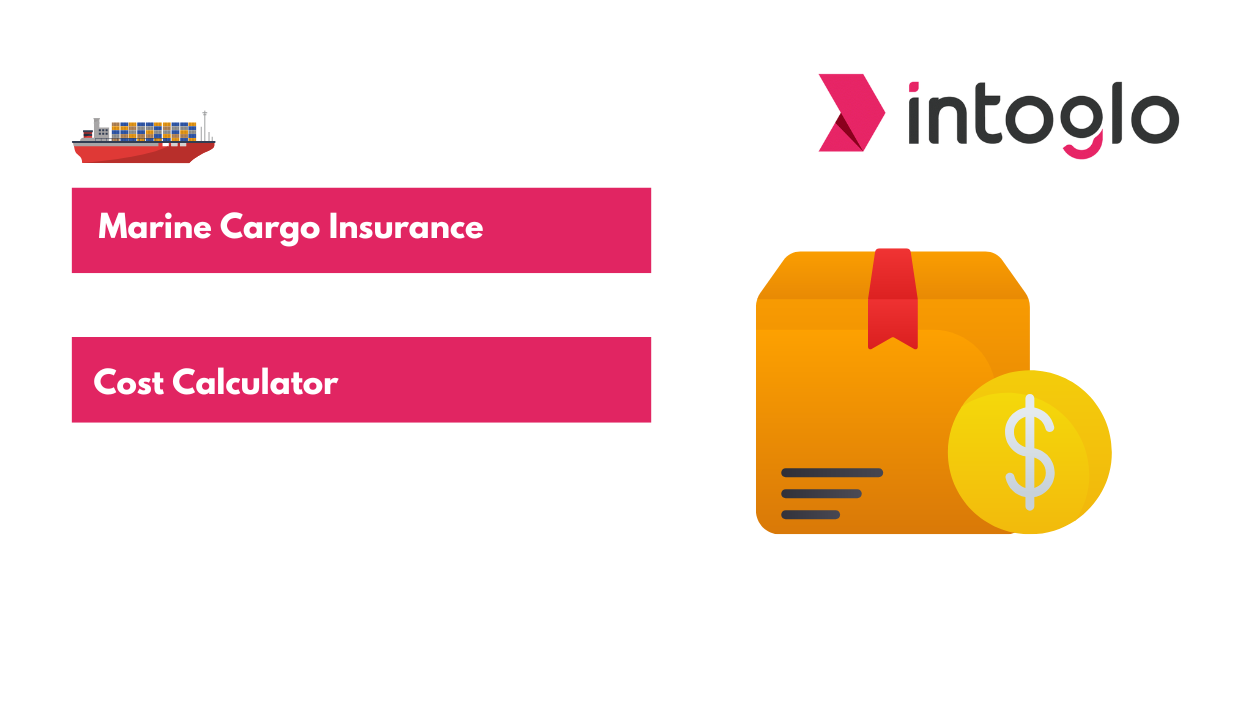
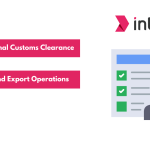
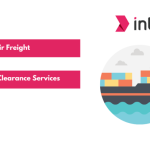
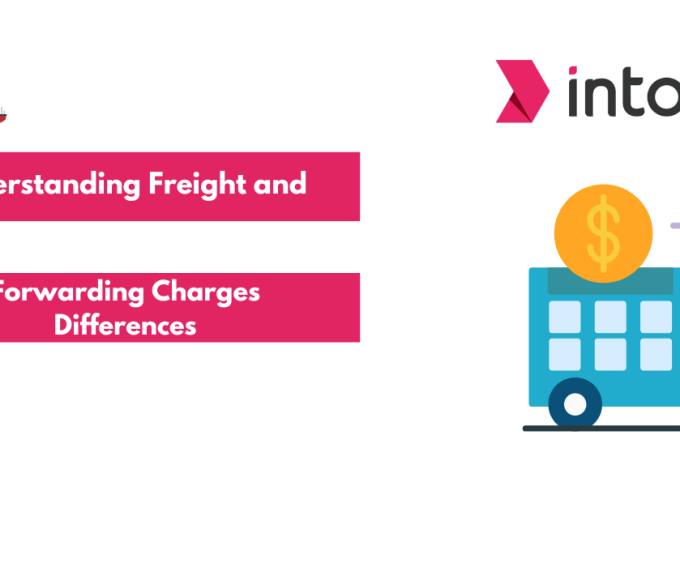

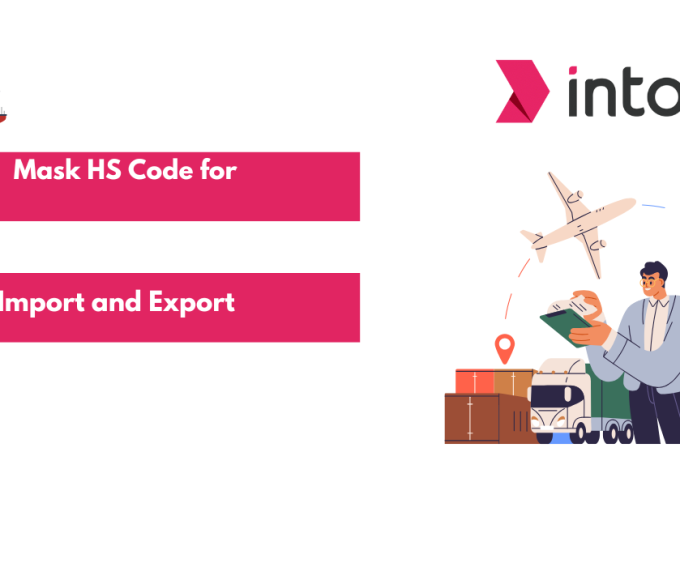
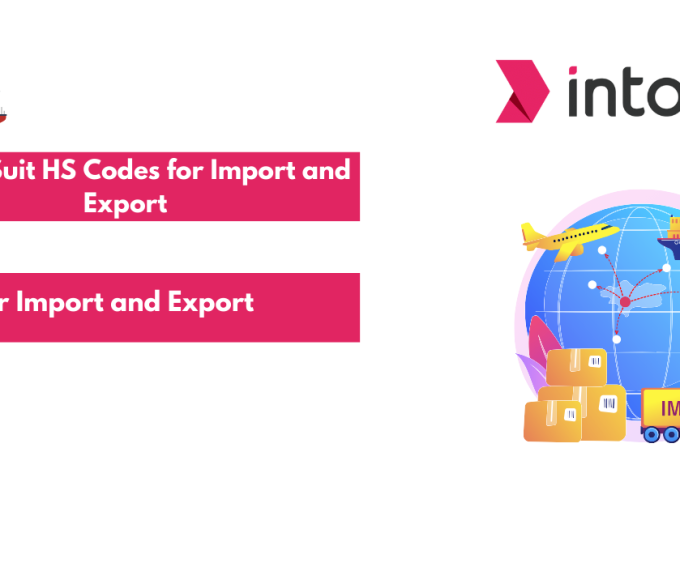
Leave a comment